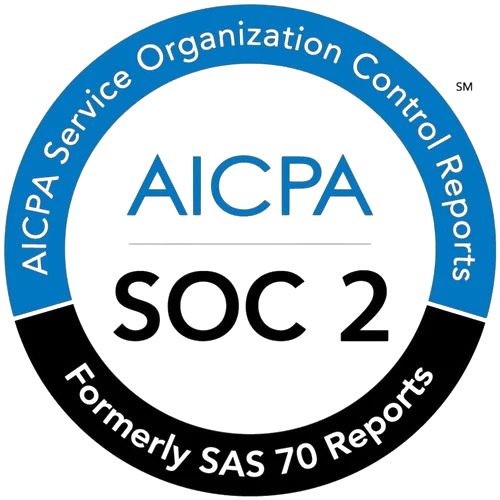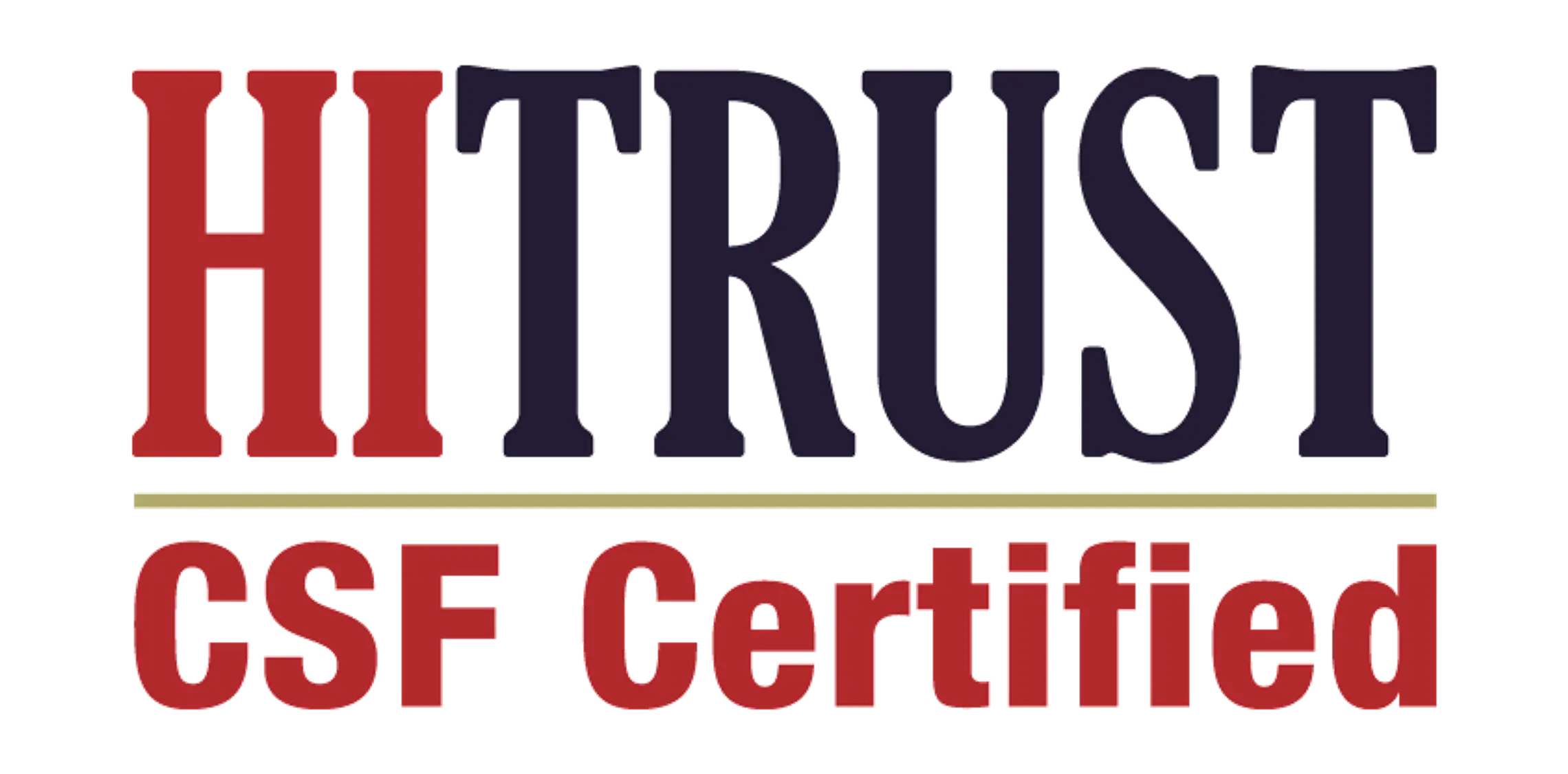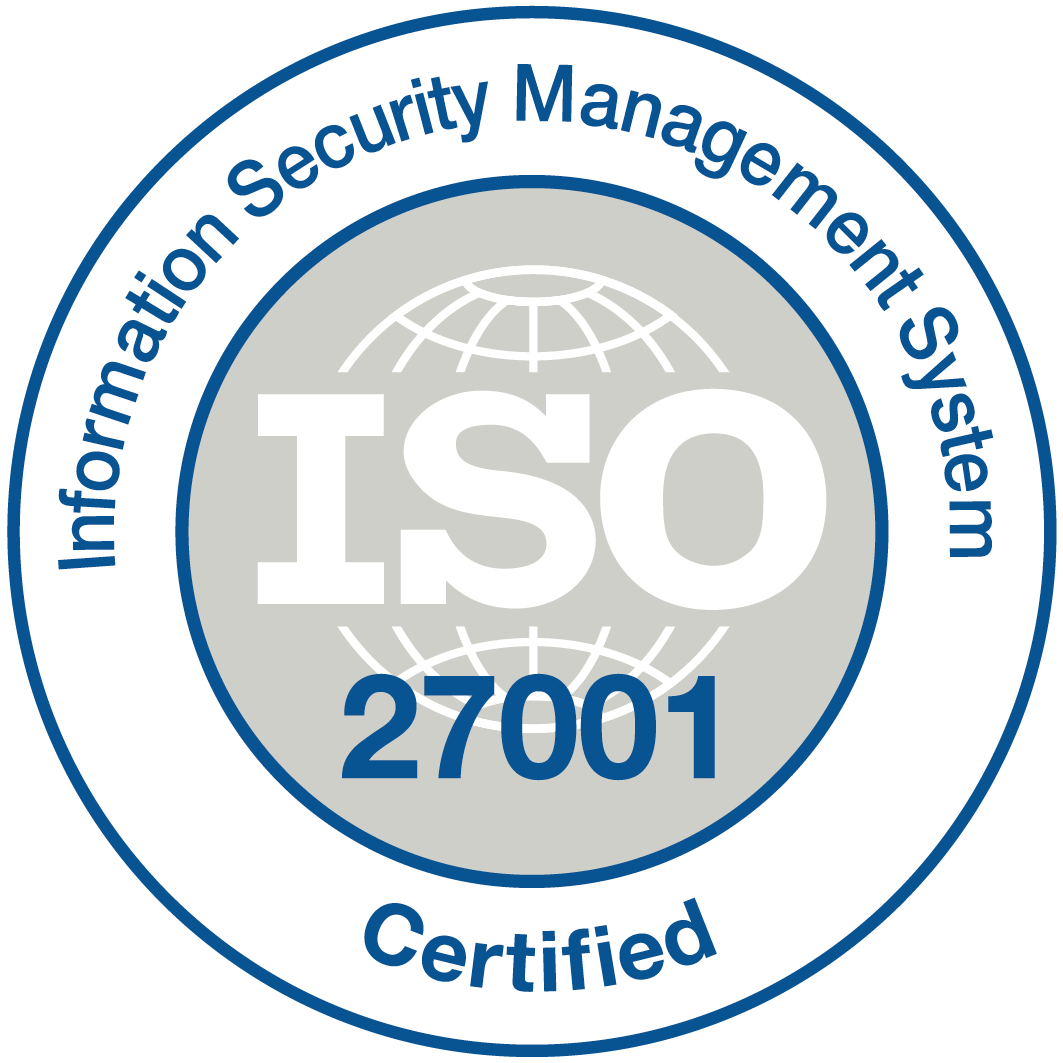Streamlining healthcare: How automation is transforming patient eligibility screening

In an era where efficiency is paramount, the healthcare industry is undergoing a significant transformation, thanks to the advent of automation. One area that has particularly benefited is patient eligibility screening. Often tedious and time-consuming, manual eligibility screening processes are being revolutionized, leading to improved patient experiences and enhanced operational efficiency.
The Traditional Challenge
Patient eligibility screening traditionally involved a labyrinth of checks. Healthcare providers had to verify patient insurance information, confirm coverage specifics, and ensure compliance with federal and state regulations. For many organizations, this was not only a daunting task but also a significant drain on resources. Providers often faced high administrative costs, increased denial rates, and delayed patient care—all while trying to maintain a high level of service.
Automation
Automation technology, which encompasses artificial intelligence (AI), machine learning, and robotic process automation (RPA), is now stepping in to address these challenges. These technologies are streamlining the eligibility verification process, ensuring that healthcare providers can efficiently and accurately screen patients.
Efficiency and Accuracy
One of the most significant advantages of automation is its ability to handle large volumes of data quickly and accurately. Automated systems can process patient information in real-time, cross-referencing it with insurance databases to confirm eligibility within minutes. This speed not only reduces the time staff spends on manual checks but also minimizes the risk of human error. Accurate screenings translate to fewer claim denials, meaning improved revenue cycles for healthcare providers.
Enhancing Patient Experience
For patients, the implications of automation are profound. Automated eligibility screening means shorter wait times and a smoother onboarding process. Patients can receive immediate feedback about their coverage, enabling them to make informed decisions about their care options. This immediacy not only fosters trust but also enhances the overall patient experience, encouraging higher patient satisfaction levels.
Reducing Administrative Burdens
By automating eligibility checks, healthcare staff can redirect their efforts towards more critical tasks, such as patient care and relationship management. This not only boosts staff morale but also allows providers to focus on what truly matters: delivering quality healthcare. For instance, staff can spend more time interacting with patients, educating them about their options, and managing care plans, rather than being bogged down by paperwork.
Navigating Compliance and Regulations
In an industry where compliance is key, automation can ensure that eligibility screenings meet the latest regulatory standards. Automated systems can be programmed to stay updated with changes in insurance policies, federal regulations, and state laws. This adaptability helps healthcare providers maintain compliance without the constant need for manual updates, reducing the risk of costly penalties or audits.
The Future of Patient Eligibility Screening
As technology continues to evolve, so too will the capabilities of automated systems. Emerging trends suggest that AI will further personalize the screening process, analyzing patient data to predict coverage needs and potential gaps in care. The integration of telehealth services may also streamline eligibility checks for virtual visits, paving the way for more comprehensive, patient-centered care.
In conclusion, automation is not just a trend; it is a powerful force driving the future of healthcare. By revolutionizing patient eligibility screening, we are witnessing a shift towards more efficient, accurate, and patient-friendly healthcare systems. As this transformation continues, the potential for better patient outcomes and streamlined operations is limitless. Embracing automation today is essential for building a sustainable and effective healthcare ecosystem for tomorrow.






